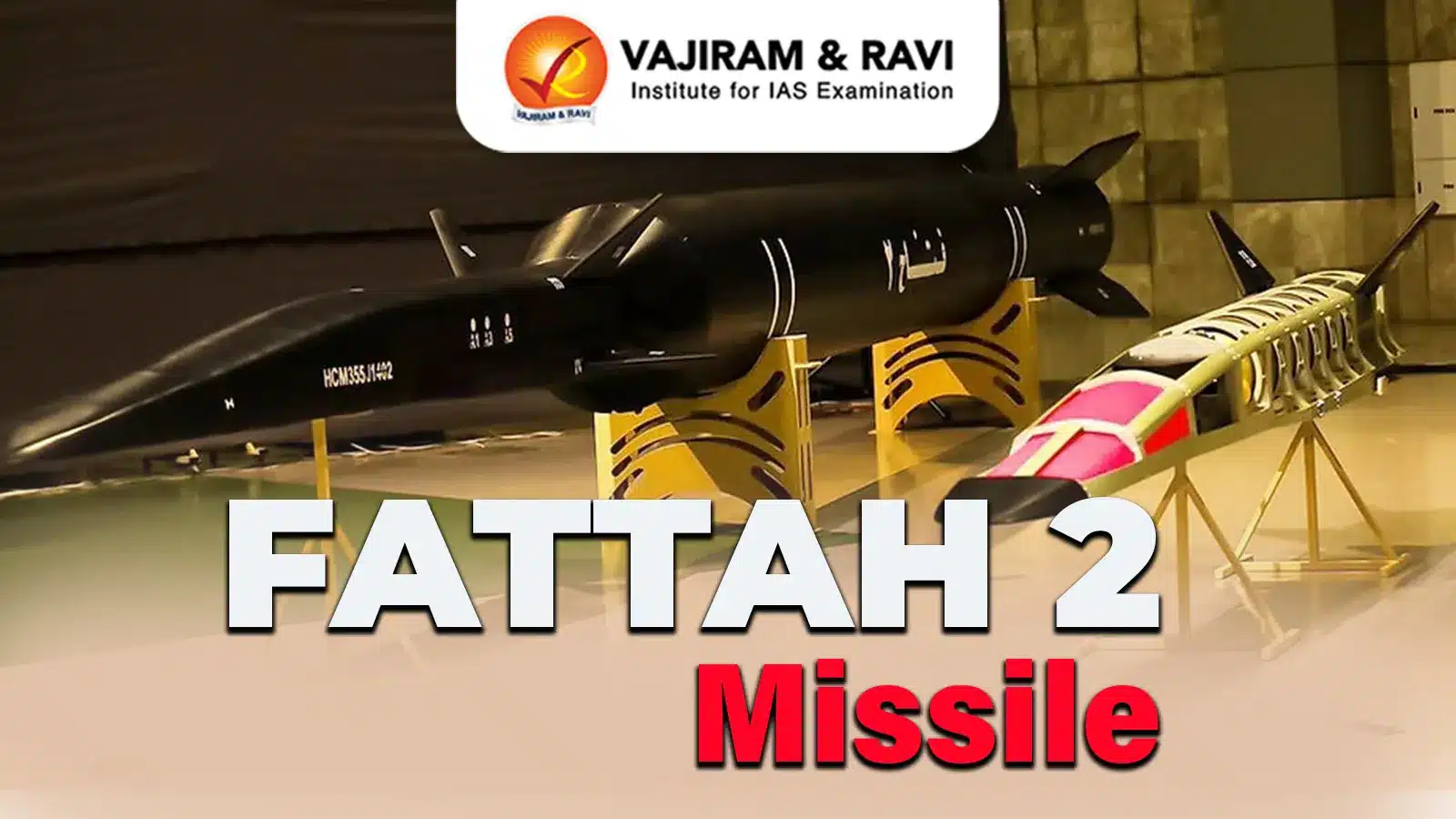Polar Orbit Latest News
Recently, SpaceX successfully launched a private astronaut crew on a historic polar-orbiting mission aboard a Falcon 9 rocket from NASA’s Kennedy Space Center in Florida.
About Polar Orbit
- A Polar Orbit (PO) is a type of Low Earth Orbit (LEO) that ranges between 200 km to 1,000 km in altitude.
- Unlike equatorial orbits, satellites in a polar orbit travel from one pole to the other rather than from west to east.
- A deviation of up to 10 degrees from the exact North-South trajectory is still classified as a polar orbit.
- Significance:
- Polar orbits allow satellites to cover the entire Earth’s surface over time as the planet rotates below them.
- These orbits are widely used for Earth observation, climate monitoring, and reconnaissance missions.
- The Fram2 mission is the first human spaceflight to use this trajectory, making it a groundbreaking event in space exploration.
Why Is This Mission Significant?
- First human spaceflight in a polar orbit: Unlike traditional missions that follow an equatorial orbit, this mission will orbit Earth from pole to pole.
- This trajectory allows full observation of Earth’s surface over time, making it crucial for climate studies, global surveillance, and research.
- Expanding commercial spaceflight: Fram2 is SpaceX’s sixth private astronaut mission, further solidifying its dominance in the global private spaceflight sector.
- It highlights the growing role of private players in space exploration, reducing reliance on government agencies like NASA.
- Reusable spacecraft innovation: The mission uses the Crew Dragon capsule, a reusable spacecraft developed by SpaceX with NASA funding.
- SpaceX has now conducted 16 crewed missions using this capsule, proving the success of reusability in reducing spaceflight costs.
Polar Orbit FAQs
Q1: What is a Polar Orbit?
Ans: A Polar Orbit is one in which a satellite passes over Earth’s poles, typically at an altitude of 500-800 km, providing global coverage.
Q2: Why are satellites placed in Polar Orbits?
Ans: Satellites in Polar Orbits are used for Earth observation, weather monitoring, remote sensing, and reconnaissance due to their ability to scan the entire Earth.
Q3: What is a Sun-Synchronous Polar Orbit?
Ans: A Sun-Synchronous Orbit (SSO) is a special type of Polar Orbit where the satellite crosses a given latitude at the same local solar time, ensuring consistent lighting conditions for imaging.
Source: TH
Last updated on June, 2025
→ UPSC Notification 2025 was released on 22nd January 2025.
→ UPSC Prelims Result 2025 is out now for the CSE held on 25 May 2025.
→ UPSC Prelims Question Paper 2025 and Unofficial Prelims Answer Key 2025 are available now.
→ UPSC Calendar 2026 is released on 15th May, 2025.
→ The UPSC Vacancy 2025 were released 1129, out of which 979 were for UPSC CSE and remaining 150 are for UPSC IFoS.
→ UPSC Mains 2025 will be conducted on 22nd August 2025.
→ UPSC Prelims 2026 will be conducted on 24th May, 2026 & UPSC Mains 2026 will be conducted on 21st August 2026.
→ The UPSC Selection Process is of 3 stages-Prelims, Mains and Interview.
→ UPSC Result 2024 is released with latest UPSC Marksheet 2024. Check Now!
→ UPSC Toppers List 2024 is released now. Shakti Dubey is UPSC AIR 1 2024 Topper.
→ Also check Best IAS Coaching in Delhi
























